Five Org Design Things N° 8
Turns out it's about learning, all the way down: How basic technologies shift strategy; Microsoft's org structure research; X-Teams; building Service Design capability; democracy at work


I am always equally annoyed and surprised by how often Basic Technologies (like Zoom, Slack/Teams, email, PowerPoint) end up as the core topic of conversation when it comes to organization design.
I should stop being like that.
For one, technology shifts strategy:
For example, between the 1980s and the 2010s, globalisation and the IT boom boosted economies of scale, which encouraged market concentration. But they also increased competitive pressures and cut the cost of communication and collaboration between firms. The net result was for many companies to shrink their scopes. In research published last year Lorenz Ekerdt and Kai-Jie Wu of the University of Rochester found that the average number of sectors in which American manufacturers were active fell by half between 1977 and 2017.
For two: technology changes how we think of the barriers of the firm. That's heady, for sure, but it's real.
Besides making it easier to tap non-employees, technology is enabling companies to collaborate more seamlessly with other businesses. In 2020 Slack, the messaging platform of choice in many a workplace, launched a feature that lets users communicate with outside firms as they would within their own organisations. More than 70% of the Fortune 100 list of America’s biggest firms by revenue use the feature.
Two lols in here: 1) I love how The Economist describes stuff like this; 2) 70% of the Fortune 100 use Slack Connect!? Such a slap in the face to Microsoft.
I guess you could say how you chat is a strategic advantage.
Which takes me to...

This is some fascinating research from Microsoft, showing the real organization inside of the organization, and how it differs from the written organization design.
- Some leaders have "unified teams" that operate as wholly separate, isolated units (they don't email or chat much).
- Reorganizations can be measured by assessing pre- and post-reorg communications patterns (do new patterns form, or nah).
- In general, organizations don't much look like what we write down! They're organic, ever-changing things.
Also: the graphical representation of the org here is just really pleasant.
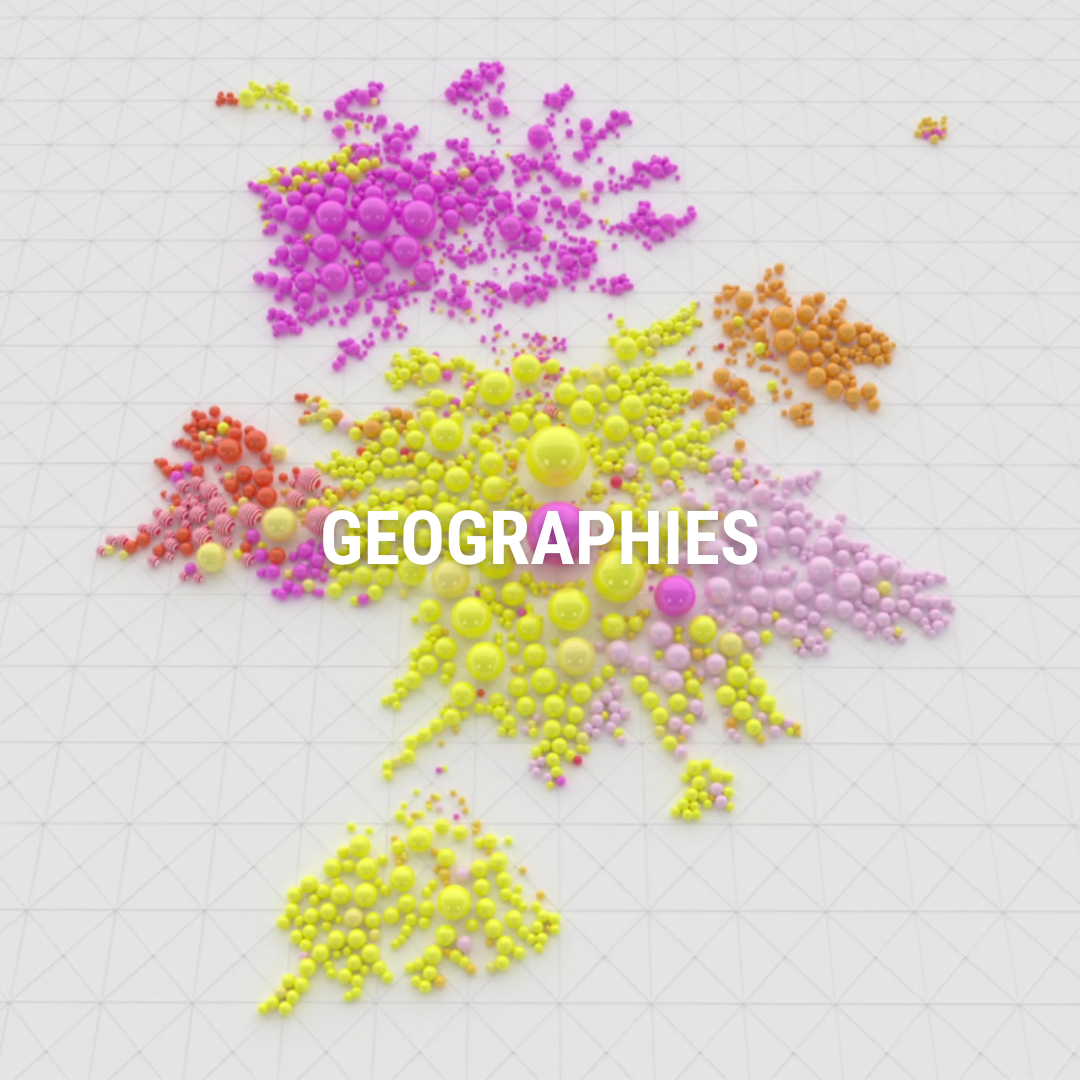
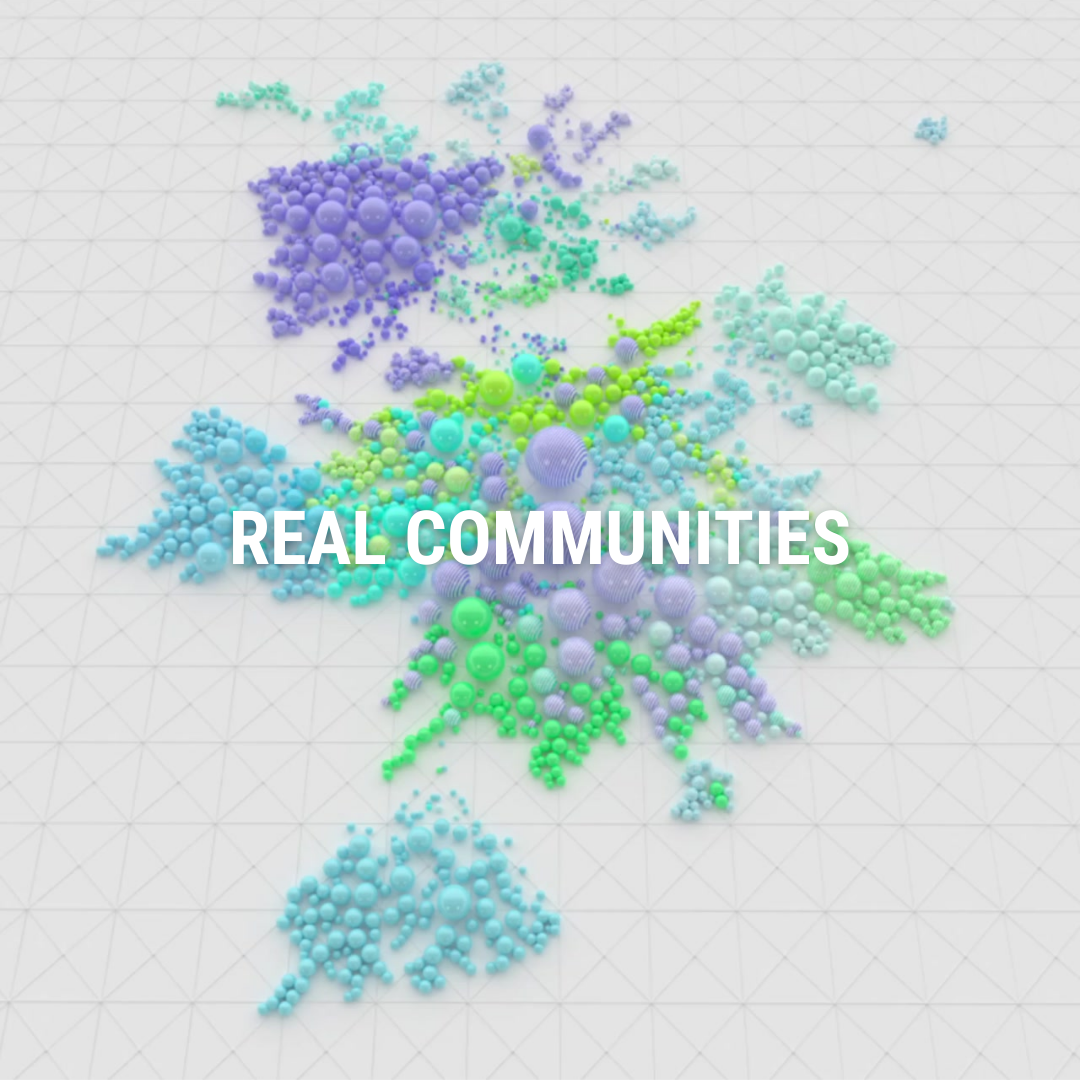
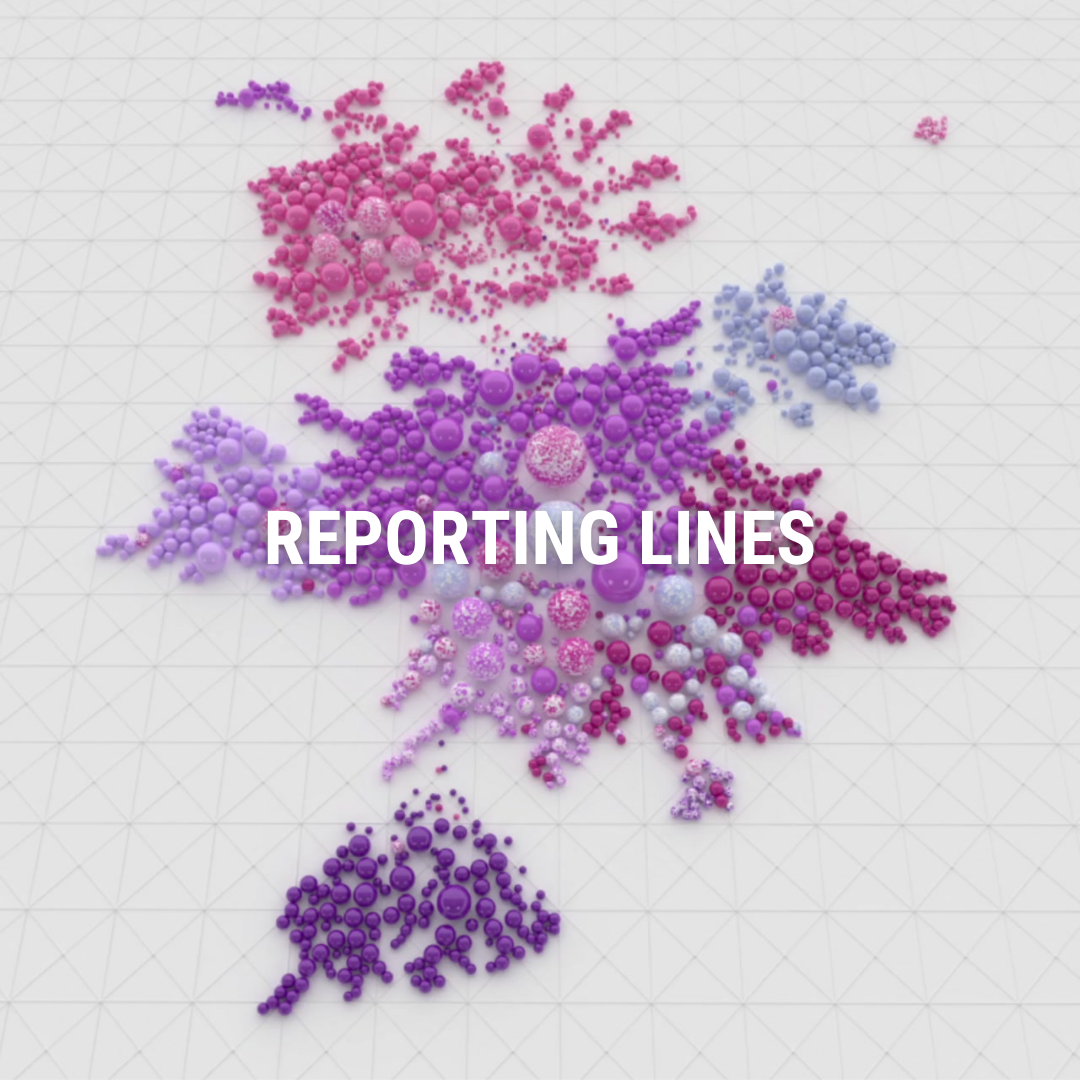
This is an inward view, though. What's an alternative?

I've written about this before, but this article is full of useful tips for how to push teams from being inwardly focused (usually on being good at something) to being externally focused (helping a customer be good at something).
None of this will be earth-shattering news for anyone who has been following along here, but there is one story that will be easy to port into a deck: Takeda created externally focused, experimental and remarkably democratic Spin-In teams that actually produced new molecules for their portfolio.
They did some things that would feel "soft" in most corporate cultures – sensemaking; ambassadorship; task coordination; clear exploration, experimentation, and execution phases; distributed leadership – but are actually key ingredients to being properly customer-focused.
Customer focus is key – even internal teams need to have a clear understanding of who their customer is, and what their real needs are.
Another lens I wish more teams would adopt is service orientation. And by that I don't mean "teams should be good at customer service" but rather "teams should intentionally design the services they offer."
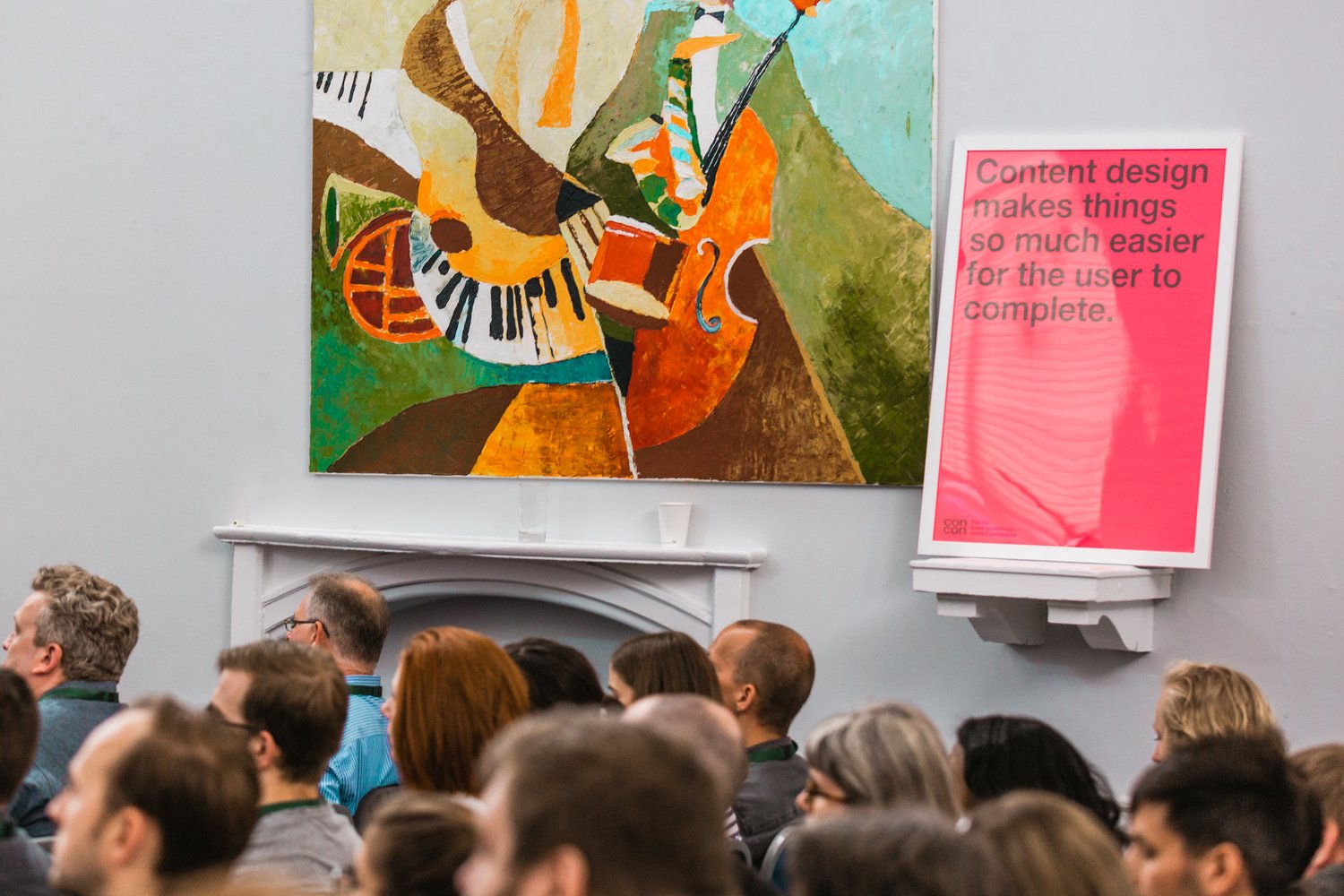
Number one: buy Lou's book. It's good!
Number two: Lou and Sarah have a ton of amazing resources on their site. This one 👆 isn't too far off from a ~normal change management process (pick from Lewin, Lippitt-Knoster, Kotter, Prosci), but the details provided are helpful, and the tool (Google Sheet here) is quality.
By and large, big change initiatives skip over the learning bit. They do this because big organizations and the people that inhabit them have been trained that learning means "log into the intranet and complete your required annual anti-discrimination training."
It can be better!

Which leads me to something I wrote a while back now on democratic versus autocratic organizations and how something closer to democracy at work leads to more learning and better, deeper teaching.
Learning: Organization-level learning can happen through things like metrics and dashboards, of course, but the stickiest version of it happens when leaders listen to teams, and teams listen to each other.
Teaching: When leaders are focused on providing robust context for decisions, rather than simple mandates, individual contributors (who are usually but not always less experienced than leadership) learn more about the fundamentals of the business.
Quick note here for the yeah right crew out there: you absolutely do not need to have a comprehensive org change effort to make "more democratic" approaches work. You can just apply some good practices locally! Everyone around you will get smarter, and your team will be regarded as astoundingly effective.





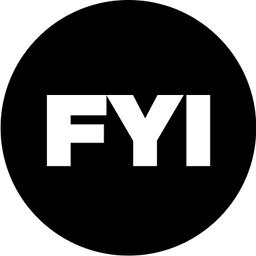
Comments